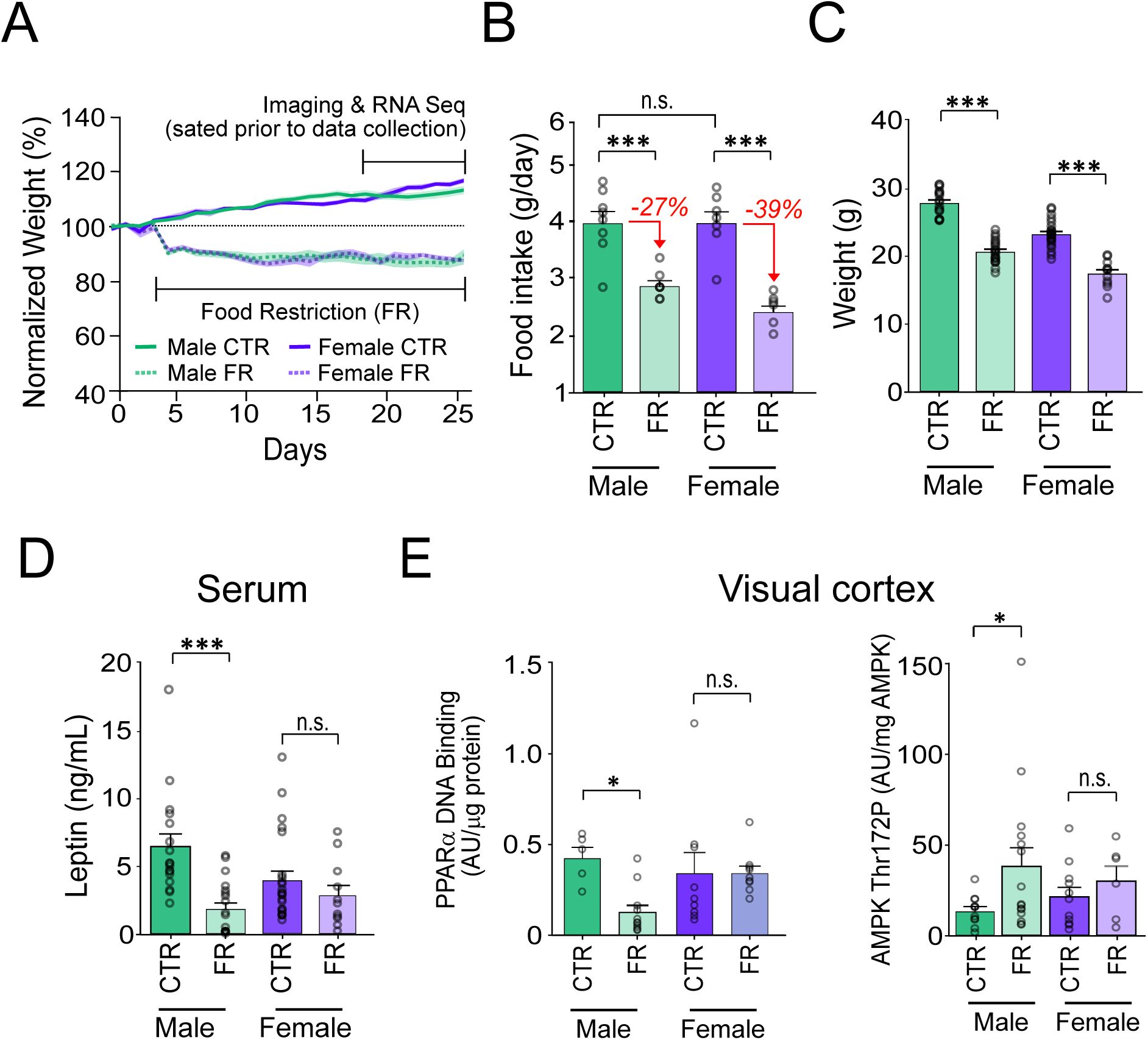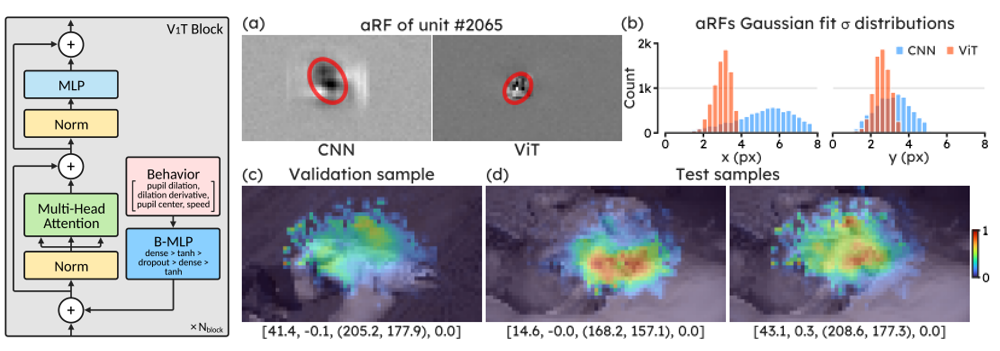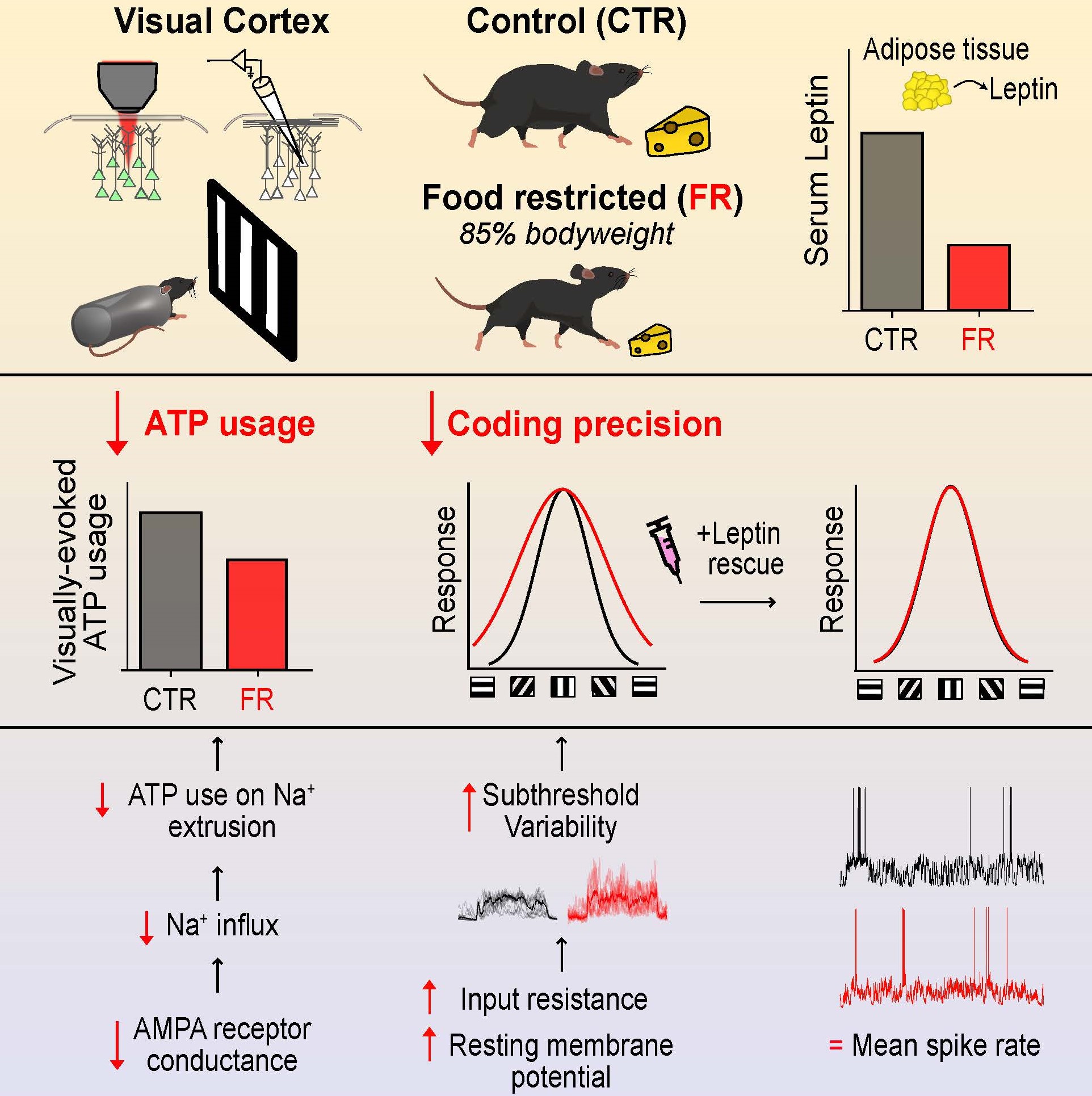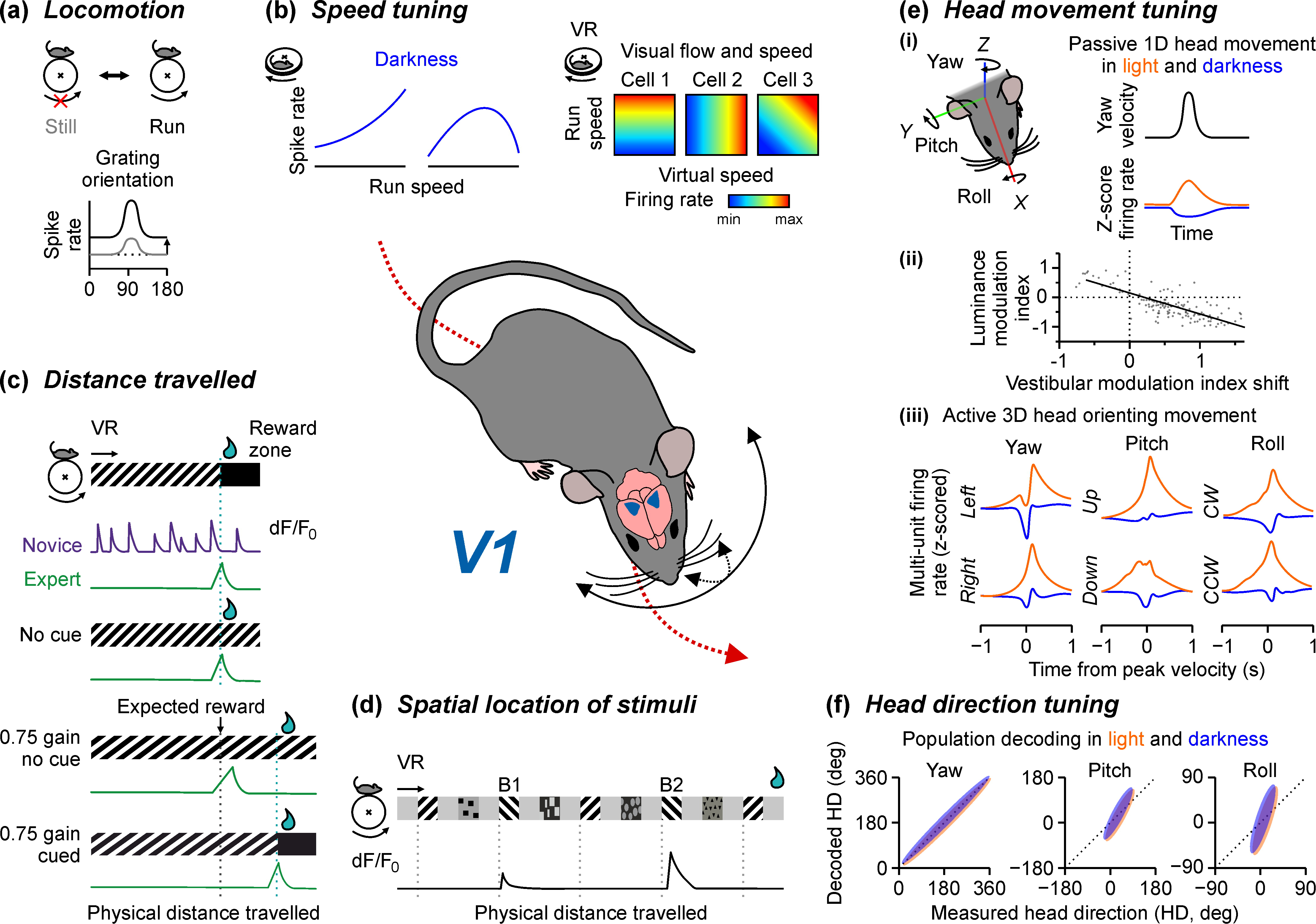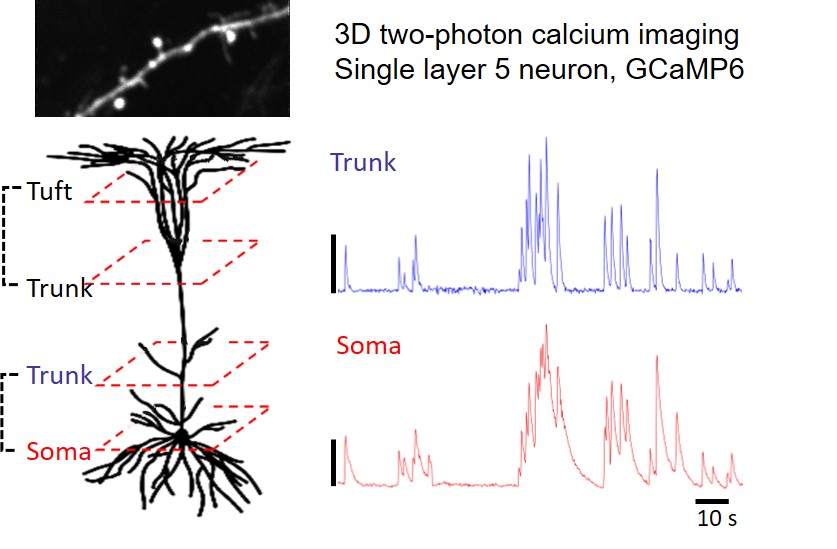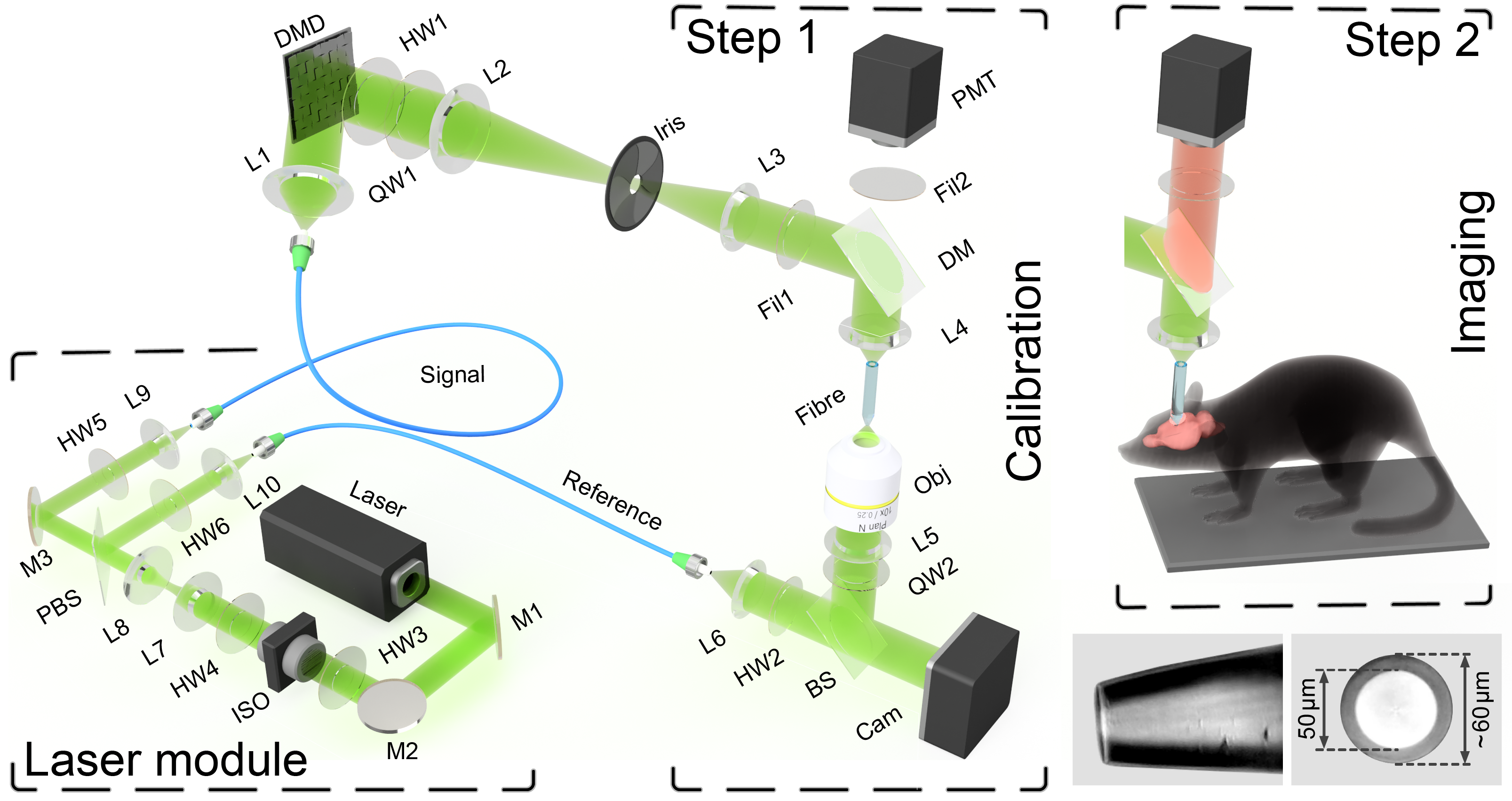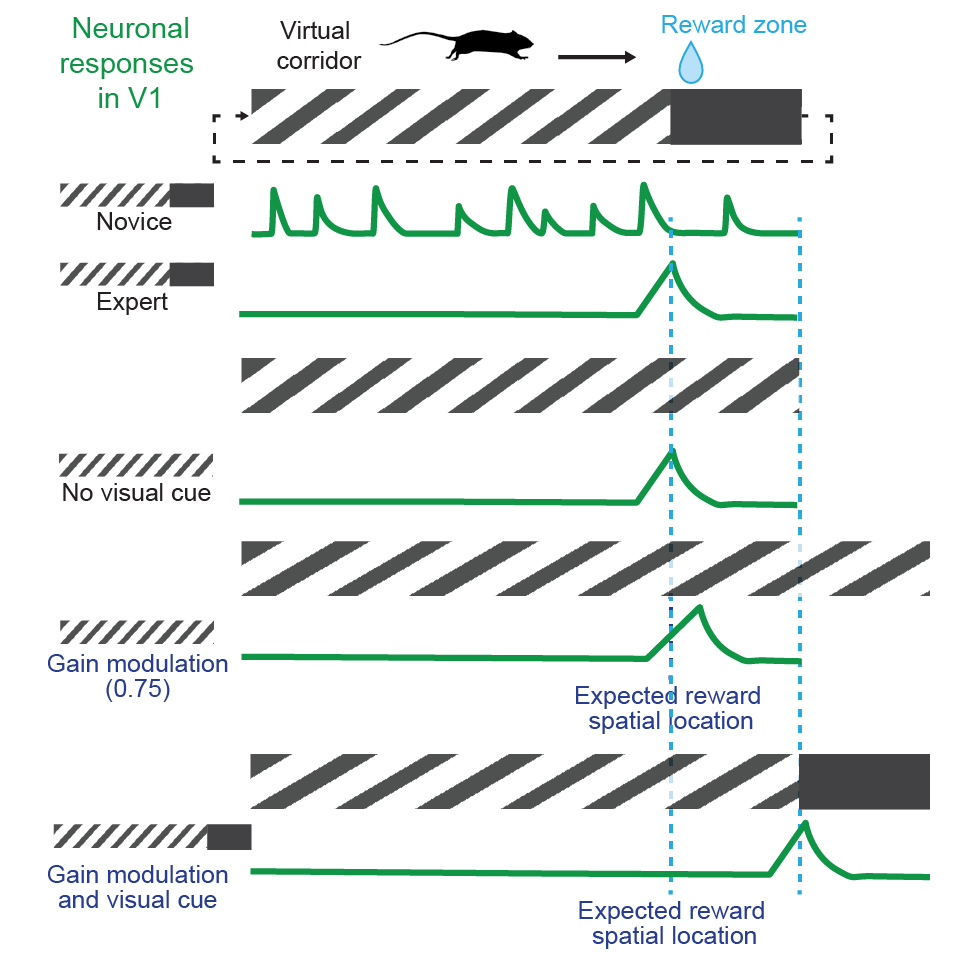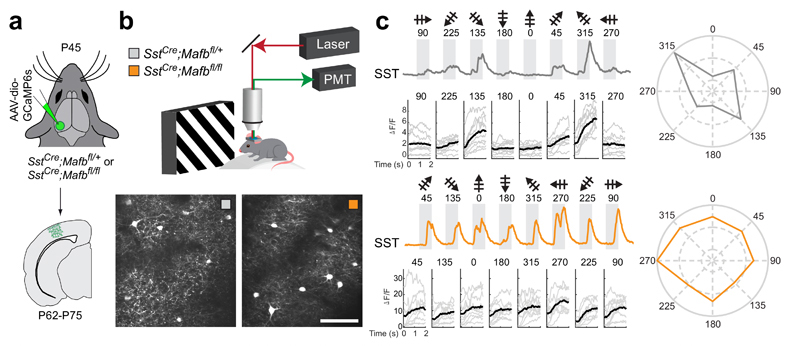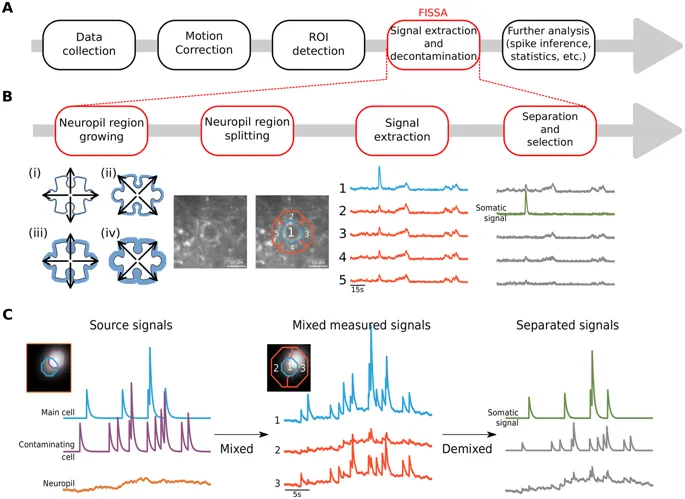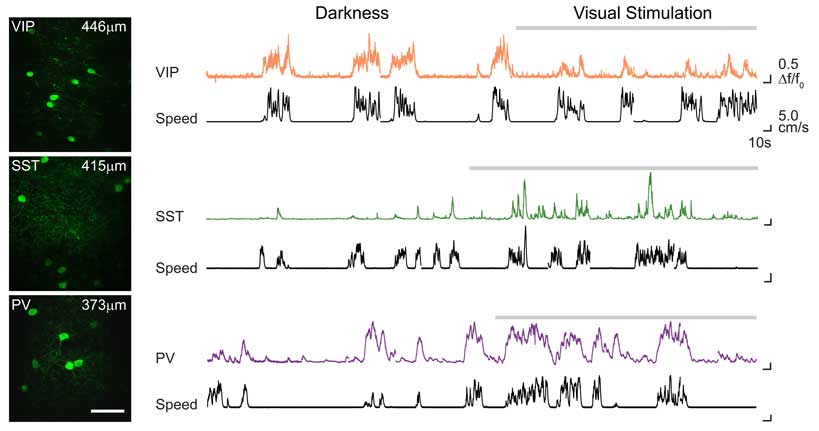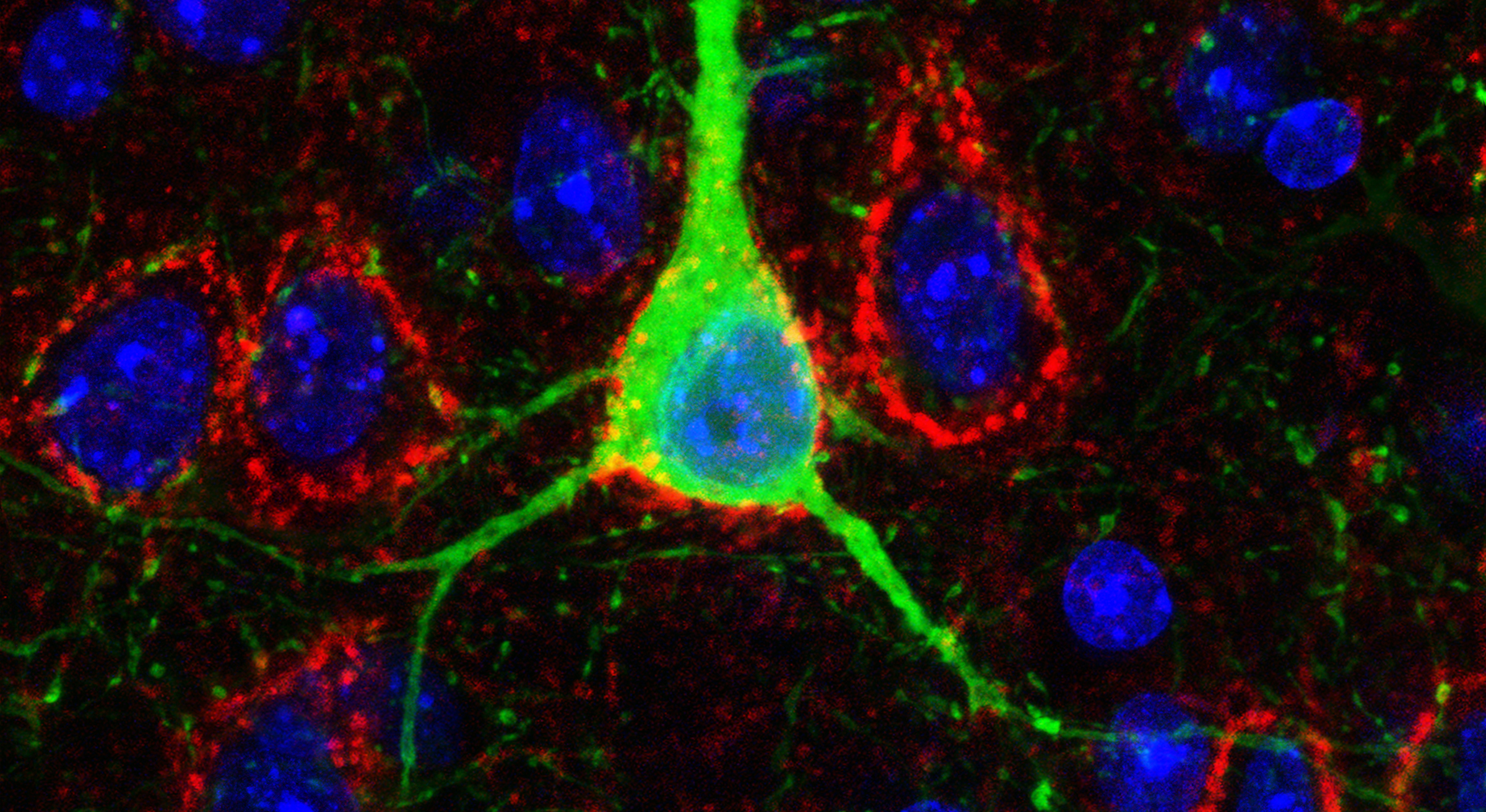Our Research
Our aim is to reveal how neuronal networks integrate visual information to guide perceptions and actions.
We use the mouse primary visual cortex as a model system of cortical integration of sensory and non-sensory information. Neurons in the primary visual cortex respond to specific features of visual stimuli such as their location, their orientation and their direction of movement.
These visual responses do not only depend on the characteristics of the stimuli but are also strongly modulated by the context in which they are perceived, such as the animal’s behavioural state and its previous experience associated with these stimuli.
Locomotion, for example, increases the gain of visual responses in the primary visual cortex. Past experience can also durably modify visual cortical responses, for example through the association of a given stimulus with a positive or negative outcome.
By using two-photon calcium imaging combined with electrophysiological recordings in awake behaving mice, our current projects investigate:
- How visually-guided behaviour modulates neuronal activity in the visual cortex
- How individual pyramidal neurons integrate feed-forward visual inputs with contextual inputs
- How cortical information processing is impacted by metabolic state
Using such information, we apply the same combination of methods to study how this network activity is disrupted in the brain of mouse models for autistic spectrum disorders and intellectual disabilities.

